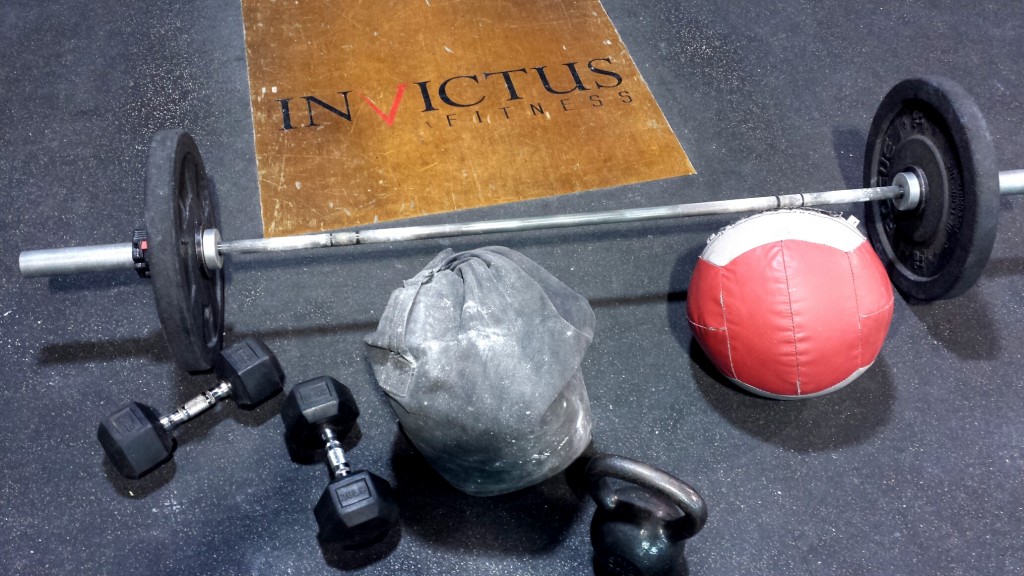Variance in Programming
Written by Nuno Costa
Have you ever had someone ask you what Crossfit is and you were unable to put it into words? Welcome to the club! In the simplest of terms, Crossfit is a strength and conditioning program that is highly effective in achieving results. Crossfit HQ’s definition is “constantly varied, functional movements, executed at high intensity”. Most people just focus on the high intensity component but I want to discuss the variance aspect, which I think is a key differentiator. When it comes to variance, there are a lot of ways that someone can vary a program – load, reps, time domains, and rest intervals are just a few of the variables.
In order to figure out what you are doing, you have to first determine the goal you are trying to accomplish. With CrossFit, the goal is general physical preparedness, so that you can do what life demands of you. Most people that start doing Crossfit are looking to improve their body composition and the silver lining in what we do is that not only does it prepare us for life but it also seems to stir us in the direction of what makes us happy and gives us the confidence and strength to go after it.
Let’s get back to our topic of variance though – when it comes to workouts, you know with Crossfit that you are almost always doing something different. This aspect seems to resonate well for the gym goers that have grown tired of their routines. Crossfit also tests and re-tests workouts over a period of time, which serve as benchmarks to the effectiveness of the program. Without these benchmark tests, how else would we assess whether or not what we are doing is working?
One of the common misperceptions when it comes to programming is the difference between “random” and “constantly varied”. Choosing workouts at random may not be the most effective way of getting fit, but it may work for awhile. A program that is well thought out will include many key components, such as a balance of pushing and pulling movements as well as hip and knee-dominant movements. Other considerations include planes of movement, are they always going overhead or is there a bench press thrown in somewhere? What we want to pay attention to is movement patterns, rather than solely focusing on body parts.
We also want to make sure our program is well balanced when it comes to focusing on strength and conditioning. There are some programs that just focus on getting stronger, and you may see the opposite happen when a gym only focuses on metabolic conditioning workouts and they never go heavy or do strength focused workouts. This is ineffective because Crossfit seeks to develop fitness that is broad, general, and inclusive and focuses on not specializing on any singular aspect.
These are all things that ought to be taken into consideration when creating an effective program – first start with the end goal in mind, figure out what are we looking to accomplish and then have a few parameters (loads, time domains, strength focus vs conditioning) that you want to see throughout the week and then look back and see whether or not you have achieved that balance.
When it comes to evaluating the effectiveness of a constantly varied program, results should not be the only criteria – what if 80% of the members are getting results, but then other 20% are getting injured? Then it’s a good guess that something is not balanced. In any good program, there should be a balance of safety, efficacy, and efficiency.
As I mentioned earlier – there are many ways to vary your programming; changing the loads (heavy vs light), rep schemes, time (AMRAP) vs task (Fran, 21-15-9) priority based workouts, and time domains. But in the big scheme of things, you ought to have a general understanding of program design, what you are looking to accomplish and how to get there. You can look at gyms that have been successful and evaluate what they do over the course of a month and decipher what they might be trying to accomplish. I know some gyms will go through an 8-week or 12-week cycle that primarily focus on a few key areas, with testing and re-testing.
Whether your goal is general physical preparedness or body composition, hopefully this blog post has given you a little insight on how we program for our groups. If you are just starting out as a coach, maybe this will provide you a few things to think about when you are programming for your clients and/or your gym.

Toon Blast has taken it all to a whole new level by incorporating a very fun cartoon theme that fascinates you to play even more.
http://toonblastes.manifo.com/